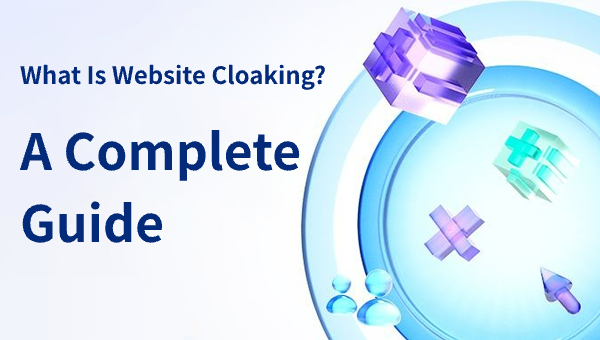What Is Website Cloaking? A Complete Guide
Introduction: Demystifying Website Cloaking
Website cloaking is a powerful — but often misunderstood — technique in digital marketing and affiliate management. By delivering different content to search engines or ad reviewers than to human users, cloaking allows marketers to protect sensitive offers, control user experience, and maximize conversions. This complete guide will unpack what website cloaking is, how it works, where it is applied, and how to do it responsibly.
How Website Cloaking Works
At its core, website cloaking identifies the visitor’s attributes — such as their IP address, device type, location, or browser — and dynamically serves different content or redirects based on those parameters.
Bot vs. Human Differentiation: Cloaking systems use user-agent detection, behavioral patterns, and IP databases to determine whether a visitor is a bot (like Google’s crawler or an ad reviewer) or a real human.
Dynamic Content Switching: Once identified, bots are shown compliant or SEO-optimized pages, while real users see the actual promotional or affiliate content.
Redirect Rules: Some cloaking systems reroute visitors to alternate destinations to protect sensitive landing pages.
Security Layers: Advanced systems also add anti-fraud measures to prevent competitors, scrapers, or click-fraud bots from seeing real offers.
Use Cases for Website Cloaking
Affiliate Marketing: Hide affiliate IDs or campaign tracking parameters from networks, competitors, and fraudsters.
Advertising Campaigns: Pass ad reviews by showing compliant content to the platform, while serving optimized offers to real users.
Geo-targeting: Deliver country-specific content to users while maintaining a single campaign funnel.
SEO Experiments: Test multiple keyword pages without affecting the overall site structure for human visitors.
Benefits of Website Cloaking
Protect Campaign Strategies: Competitors cannot easily copy or sabotage your funnels.
Higher Conversion Rates: Tailor messages directly to user segments while keeping compliance satisfied.
Reduced Platform Bans: Platforms see policy-compliant versions, lowering the risk of ad account suspension.
Improved Traffic Quality: Block junk traffic or bots from reaching expensive offers.
Is Cloaking Legal?
Cloaking is a tool — its legality depends on its use. If used purely to deceive search engines and violate their webmaster guidelines, it can result in penalties. However, in affiliate marketing and paid advertising, cloaking is a protective measure against fraud and compliance challenges, and is widely accepted when implemented transparently for human users.
Best Practices for Ethical Website Cloaking
Use cloaking only to differentiate real user experience from automated systems, not to deliver misleading or malicious content.
Update your cloaking rules regularly to match new bot fingerprints and platform rules.
Combine cloaking with high-quality content, fair disclaimers, and robust user value.
Choose reputable cloaking technology providers with transparent support and monitoring.
Conclusion
Website cloaking, if applied responsibly, is a legitimate and powerful technique to protect campaigns, boost conversions, and ensure traffic safety. If you are serious about improving your affiliate or advertising results with next-generation cloaking solutions, visit adcloaking.com to explore trusted, professional-grade systems.

